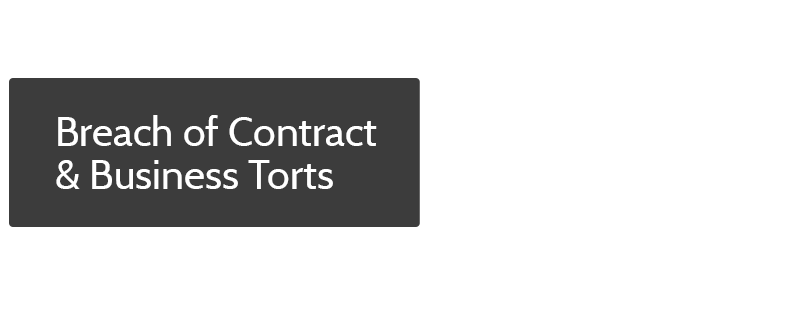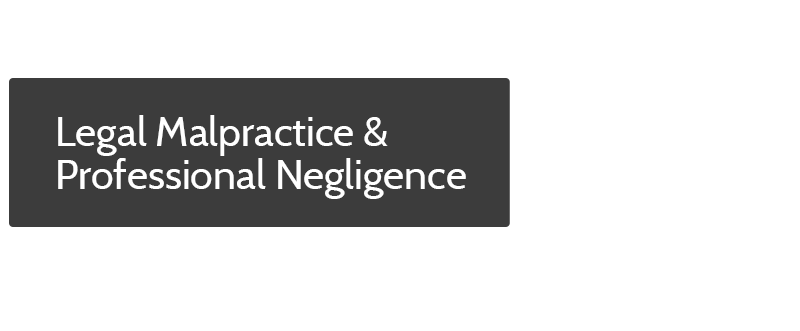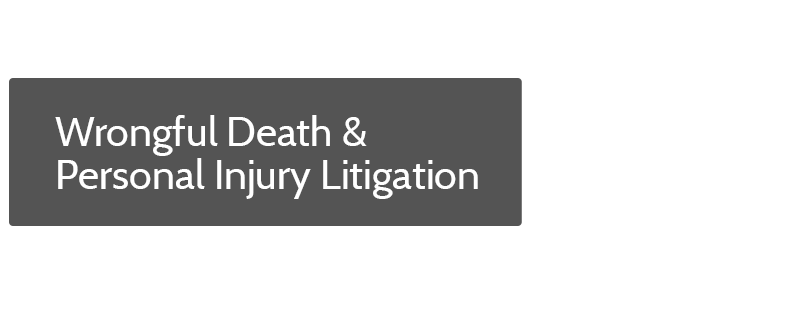Proving Fault in Suits For Injuries on Public Lands
PLAINTIFFS MUST PROVE THAT PUBLIC ENTITY DEFENDANTS WERE AT FAULT FOR INJURIES OCCURRING ON PUBLIC LANDS.
A mandatory element of an injured plaintiff’s claims against a government defendant for injuries occurring on public lands is the defendant’s “fault.” Plaintiffs can prove fault by proving either:
(a) the public entity created the dangerous condition; or
(b) the public entity had sufficient advance knowledge of the hazard to have prevented the harm to the plaintiff.
Plaintiffs can prove the requisite fault in a number of ways.
1. Proving the public entity defendant had actual or constructive notice of the hazardous condition in sufficient time to take corrective or preventative action. Generally, “knowledge” of a hazardous condition must also include knowledge that the condition was dangerous–knowledge of a condition without an awareness of the associated danger may not be enough for liability to attach. Also, “notice” means notice of the actual hazard itself, not just knowledge that the property could be hazardous in a general sense.
2. Proving the dangerous condition was actually created by an employee of the defendant (public entity or government agency). Note: the employee must have acted negligently, willfully, or intentionally. Where the employee was acting appropriately and with due care, it’s unlikely a court will find the employee “created” a dangerous condition in circumstances that will result in liability. Also, the employee must have been acting within the course and scope of his or her employment at the time the condition was created.
Plaintiffs must prove how long the dangerous condition existed on the public land prior to the plaintiff’s injury. Plaintiffs can attempt to establish this through interrogatories–special, legal questions sent to the defendant which must be answered in writing. This can also be established through proof about the manner in which the condition was created, especially if the plaintiff claims the defendant or one of its employees was responsible for creation of the danger.
If you were injured, or suffered property damage, on land owned by the government or a public entity, do not attempt to evaluate your legal rights on your own. Consult an experienced attorney promptly, and do not rely on this or any other article (printed or online) to evaluate your legal rights. The facts and circumstances of each case are unique. Delay may damage your claims or even cost you your right to recover. Consult a lawyer immediately if you believe you have a claim against a government entity or any other defendant.
***
Disclaimer: THIS ARTICLE IS FOR INFORMATIONAL PURPOSES ONLY, AND DOES NOT CONSTITUTE LEGAL ADVICE OR CREATE AN ATTORNEY-CLIENT RELATIONSHIP BETWEEN THE AUTHOR AND ANY PERSON. Your rights and experiences may vary. Never use an online article (including this one) to evaluate your legal claims. Speak with an experienced lawyer promptly to obtain a personalized evaluation of your claims, possible damages, and options. You may lose or compromise your rights if you delay in consulting legal counsel. Negligence and premises liability claims are complicated and fact-dependent. If you believe you have a claim against a property owner who permitted or failed to repair a dangerous condition, or any other type of legal claim, consult an experienced lawyer immediately for an evaluation of your possible rights and claims.














